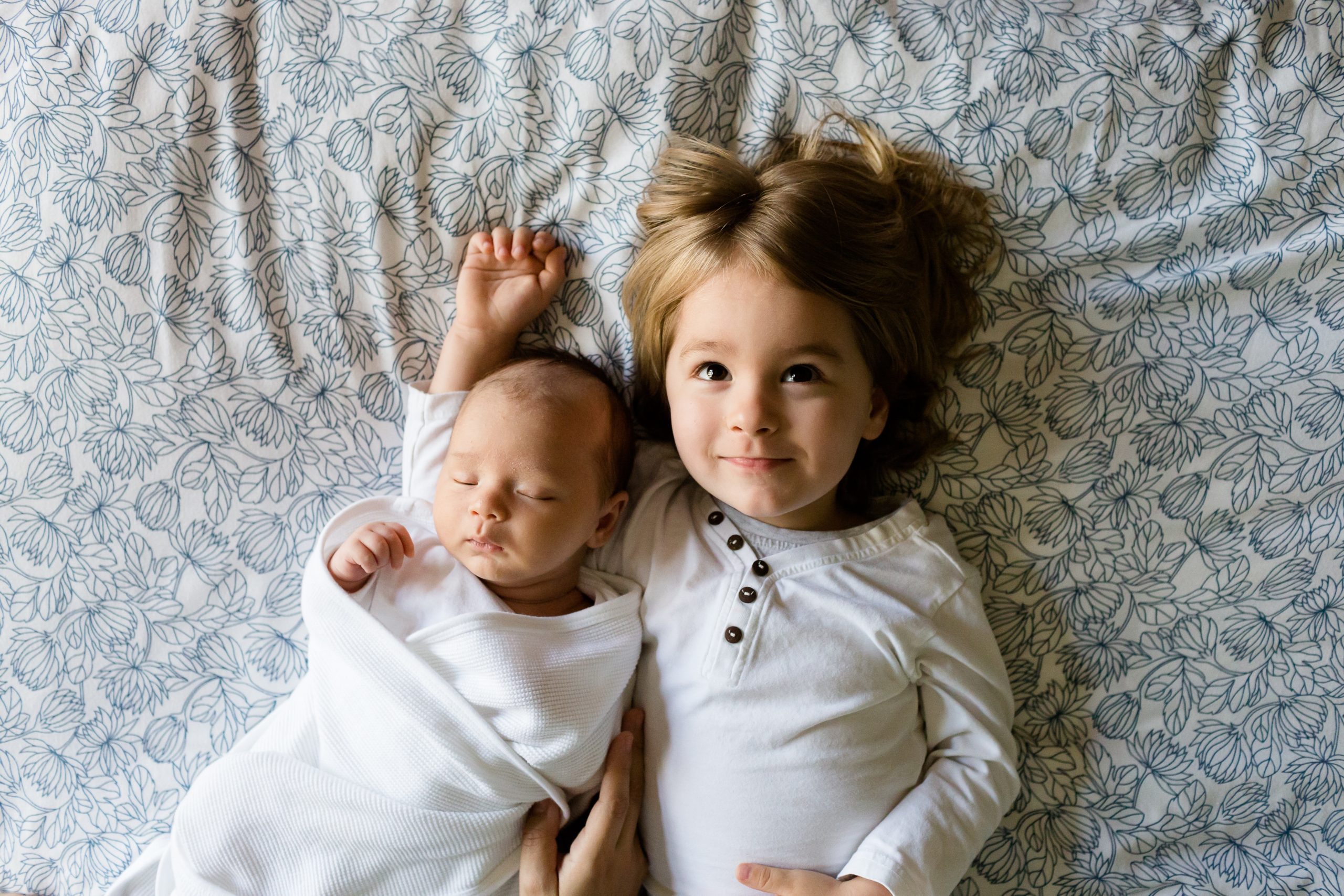When you are expecting, it’s natural to want to build the perfect happynest nursery for your child. Every space has a different personality, just as every baby does. You will need to consider what you want for your baby and how the space will function when designing your baby’s nursery. Here are a few tips for building a nursery that follows both form and function.
Size Matters For A Happynest Nursery
The size of your space will play a significant role in how you handle the setup of the nursery. A smaller happynest nursery will have less furniture, and organization will be more important. On the other hand, a larger space will be more flexible. Here are a few ideas that can overcome space concerns.
For Small Spaces For Your Happynest Nursery
Cozy cribs or bassinets can provide a soft sleeping space. Be sure that it isn’t too soft, as safety is your highest priority. However, other furniture such as changing tables, dressers, and rocking chairs may not always fit into the space. Try to combine things when possible. A changing table dresser combination can save space and be used long after your child grows out of it. Likewise, a dresser may be kept in the closet in the beginning if that helps with space. A comfortable rocking chair does not need to be large. A small recliner can do the trick. It’s both soft and functional.
For Larger Spaces
You can space furniture out more. Consider sectioning off the room with play areas, furniture, and quiet spaces. Be sure to bolt the furniture to the walls because children can pull it down on themselves when they start crawling and pulling to a stance. Lighting becomes more critical when the room is large and has sectioned spaces.
Lighting
The next most important aspect of a comfortable space for babies is the lighting. Babies are adjusting to seeing the world. However, they also need to get used to typical circadian rhythms. Too much light in their comfortable happynest nursery can throw off their day-night patterns. Likewise, too little light can strain their eyes. Versatile lighting is critical here. During waking hours, the room should be bright enough for your baby to see toys, faces, and the world around them. However, during sleeping hours, it should allow them to sleep without lights shining on them. A dim light should also be available for when you do need to come in at night. Feeding and changing times do not need to be disruptive to going back to sleep.
Sound
Like lighting, the sound is also crucial for your baby to remain comfortable. They haven’t lived in a silent bubble since conception. You do not have to keep the nursery silent, but it should keep loud noises to a minimum. You should also be able to hear your baby from the adjacent rooms or have a monitor to listen when you aren’t with the baby. You can also use white noise or soft music if they have trouble sleeping in a silent room.
Final Thoughts
Your décor is a personal choice. However, space size, sound, and lighting are critical decisions for a comfortable, developmentally appropriate happynest nursery for your baby. Avoid soft pillows or blankets as they can be a safety hazard, but you can make the room feel comfortable in other ways while your baby is small.
https://nanniesandkidsunited.com/sleep-training/


